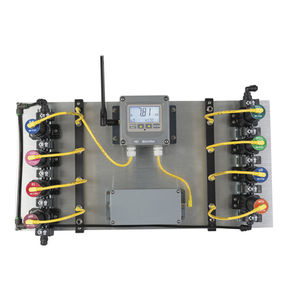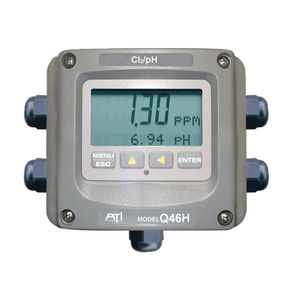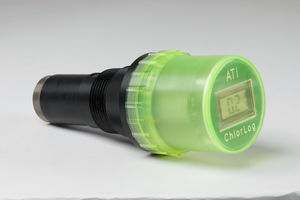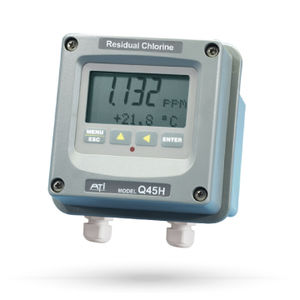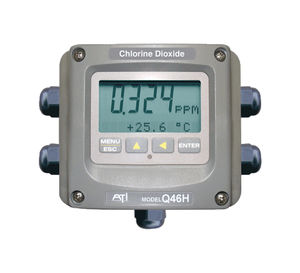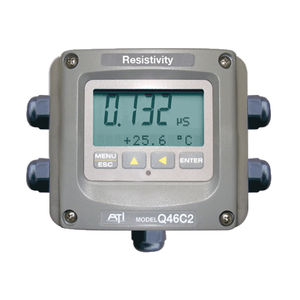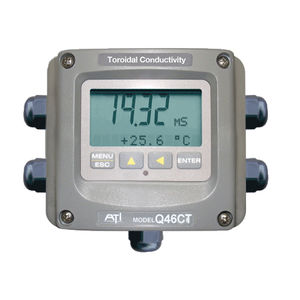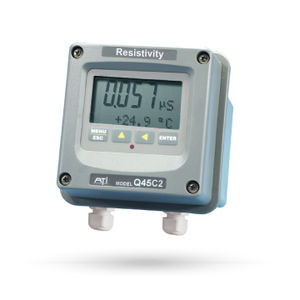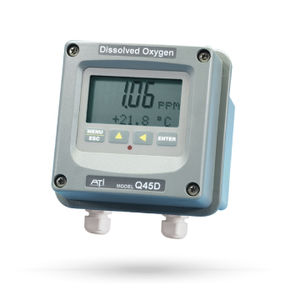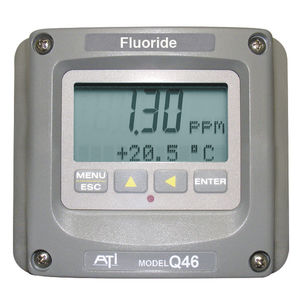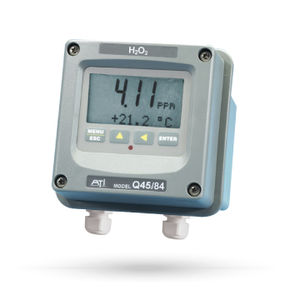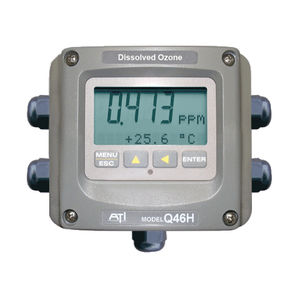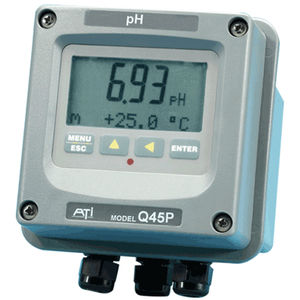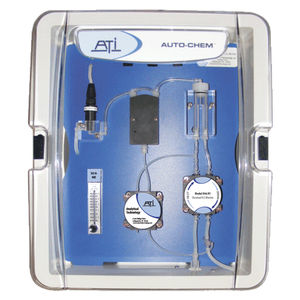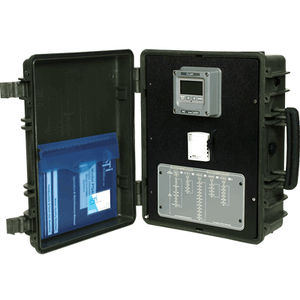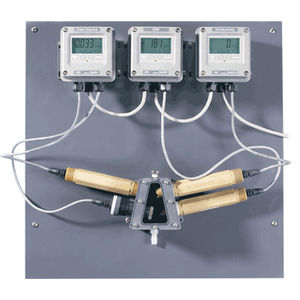
- Metrology - Laboratory
- Analytical Instrumentation
- Water analyzer
- Analytical Technology
Chlorine analyzer Q46H/79Swaterwastewatermonitoring
Add to favorites
Compare this product
Characteristics
- Measured entity
- water, chlorine, wastewater
- Application domain
- monitoring
- Configuration
- for integration
- Other characteristics
- non-contact
Description
Non-Contacting Total Chlorine Monitoring!
Chlorination of potable water, wastewater effluent, and industrial cooling water is widely used throughout the world to control biological activity in the water. Disinfection of potable water with chlorine ensures that tap water is safe to drink after passing through the distribution system piping. Wastewater disinfection helps to ensure that receiving streams are safe for recreational use, and cooling water chlorination reduces biofouling that can degrade heat transfer efficiency. This wide use of chlorination for disinfection purposes results in the need for a reliable “residual chlorine” analyzer that can operate in a variety of applications.
Residual chlorine is found in many chemical forms in water systems. Residuals in clean water are often predominantly free chlorine while wastewater and cooling water can contain mixtures of free chlorine, combined chlorine, and organochlorine species. Measurement of residual chlorine in applications where only free chlorine (potable water) or only combined chlorine (chloraminated water) exist can often be monitored with direct sensor measurement. However, applications where a variety of chlorine forms can exist (wastewater effluent and some cooling water) require a more complicated measurement method. These applications generally require a “Total Chlorine” measurement and involve chemically converting all chlorine species into a single chemical form. This is normally done by reacting the sample with pH 4 buffer and potassium iodide, where the various chlorine compounds convert iodine ion into molecular iodine.
Catalogs
Related Searches
- Gas analyser
- Concentration analyser
- Monitoring analyser
- Liquids analyser
- Dust analyzer
- Gas detector
- Process analyser
- Continuous analyser
- Integration analyser
- Water analyser
- Real-time analyser
- Infrared detector
- NDIR analyzer
- In-line analyser
- Hand-held detector
- Compact detector
- Control analyser
- Electrochemical electrode
- Rugged detector
- Remote detector
*Prices are pre-tax. They exclude delivery charges and customs duties and do not include additional charges for installation or activation options. Prices are indicative only and may vary by country, with changes to the cost of raw materials and exchange rates.



